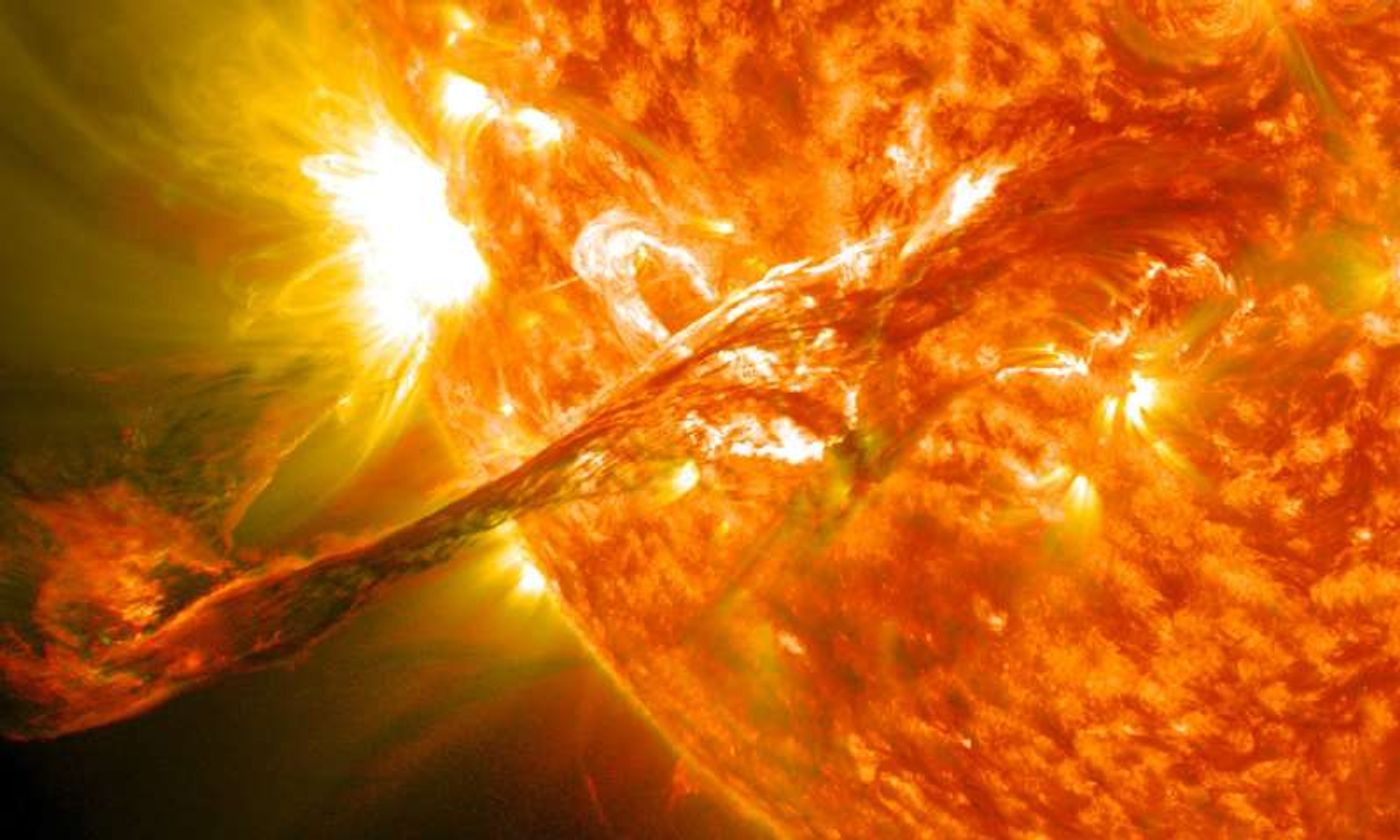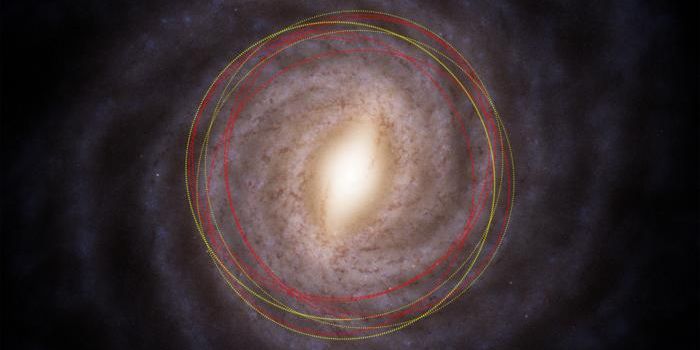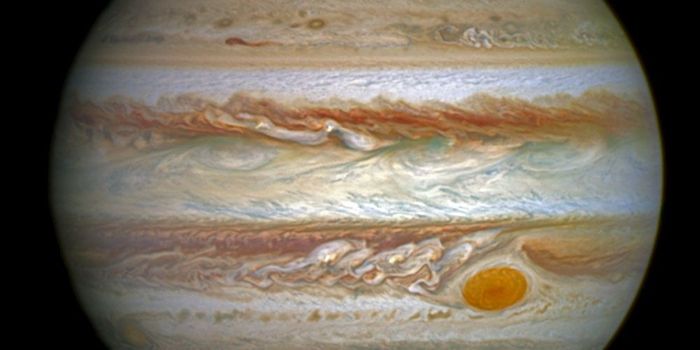Despite Their Name, Solar Tornadoes Don't Actually Spin
When you hear the phrase ‘solar tornado,’ do you think of a swirling column of strikingly-hot plasma on the Sun’s surface? Most people do, but new research now suggests that solar tornadoes, despite their name and appearance, don’t actually spin as their Earthly counterparts do.
Image Credit: NASA/SDO/GSFC
Indeed, the name ‘solar tornado’ might be a bit of a misnomer for these phenomena. The name was originally conceived by the swirly appearance these structures take on in two-dimensional observations, but European researchers recently observed them through a third-dimension involving the Doppler effect, and it allowed them to see how these structures really move.
"We found that despite how prominences and tornadoes appear in images, the magnetic field is not vertical, and the plasma mostly moves horizontally along magnetic field lines," explained Dr. Nicolas Labrosse, the lead scientist of the research from the University of Glasgow.
"However, we see tornado-like shapes in the images because of projection effects, where the line of sight information is compressed onto the plane of the sky."
Related: Check out this incredible solar footage captured by NASA's Solar Dynamics Observatory
Solar tornadoes are massive ejections of hot plasma from the Sun’s corona, and they can grow to sizes several times that of Earth. The Sun’s magnetic field, along with its chemical and physical properties, plays a significant role in their presence.
Two-dimensional observations that scientists have relied on all these years severely limited what they could discern about these solar prominences. On the other hand, the newfangled third-dimensional observations illuminate essential attributes about them, including density, direction, speed, and temperature, to name a few.
One of the most striking details was how the material moved almost parallel to the Sun’s surface in a horizontal manner at speeds of approximately 40 miles per second.
"The overall effect is similar to the trail of an aeroplane in our skies: the aeroplane travels horizontally at a fixed height, but we see that the trail starts above our heads and ends up on the horizon," added co-researcher Dr. Arturo López Ariste. "This doesn't mean that it has crashed!"
Related: Experts expect 'Maunder Minimum'-like solar behavior throughout the next few decades
Research of this nature highlights the importance of leaving no rock unturned as we observe various objects in space. Whenever vital details slip under the radar, humankind misses out on significant scientific data with the potential to provide answers to many of our humbling questions about the universe.
Source: European Week of Astronomy and Space Science (EWASS)









